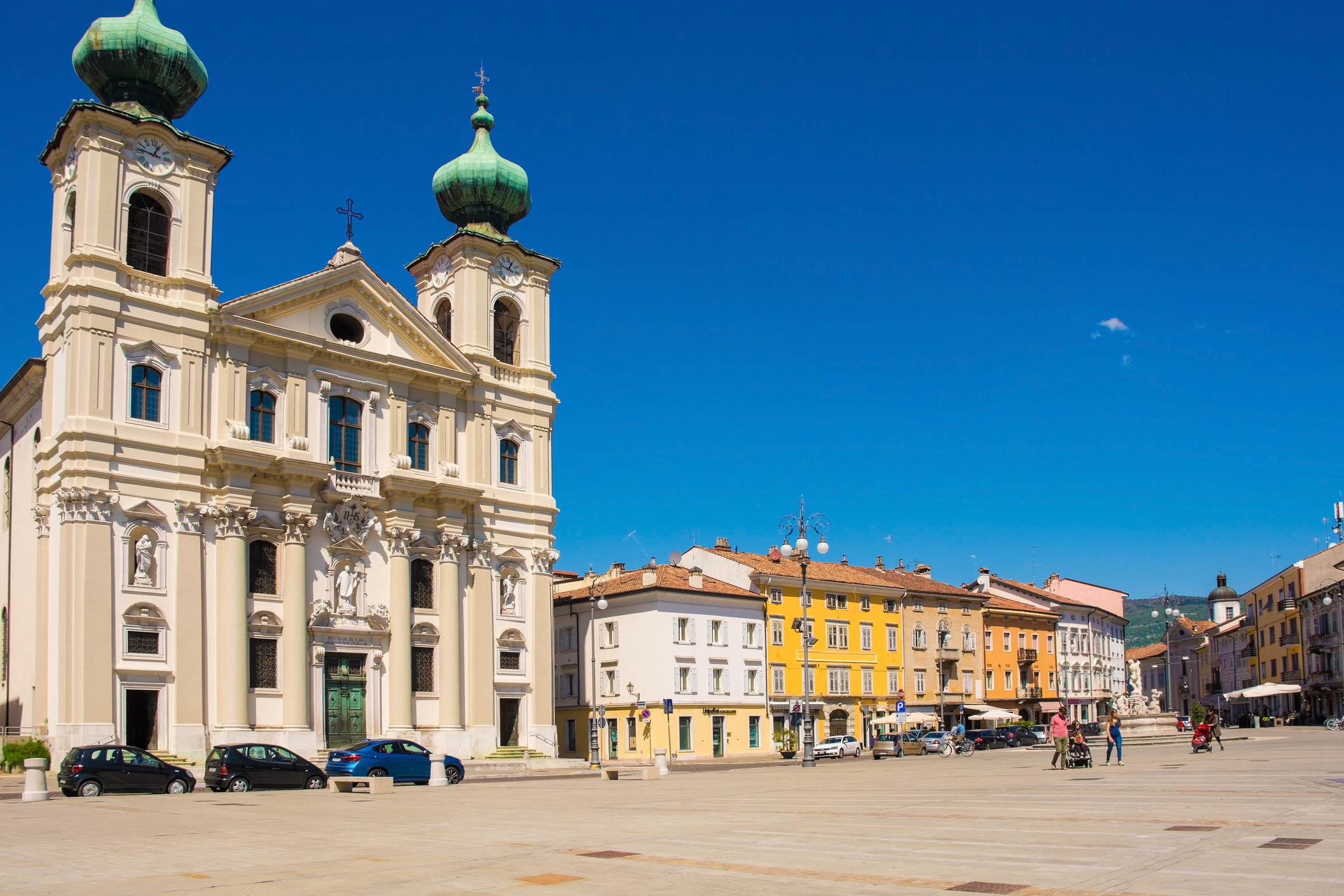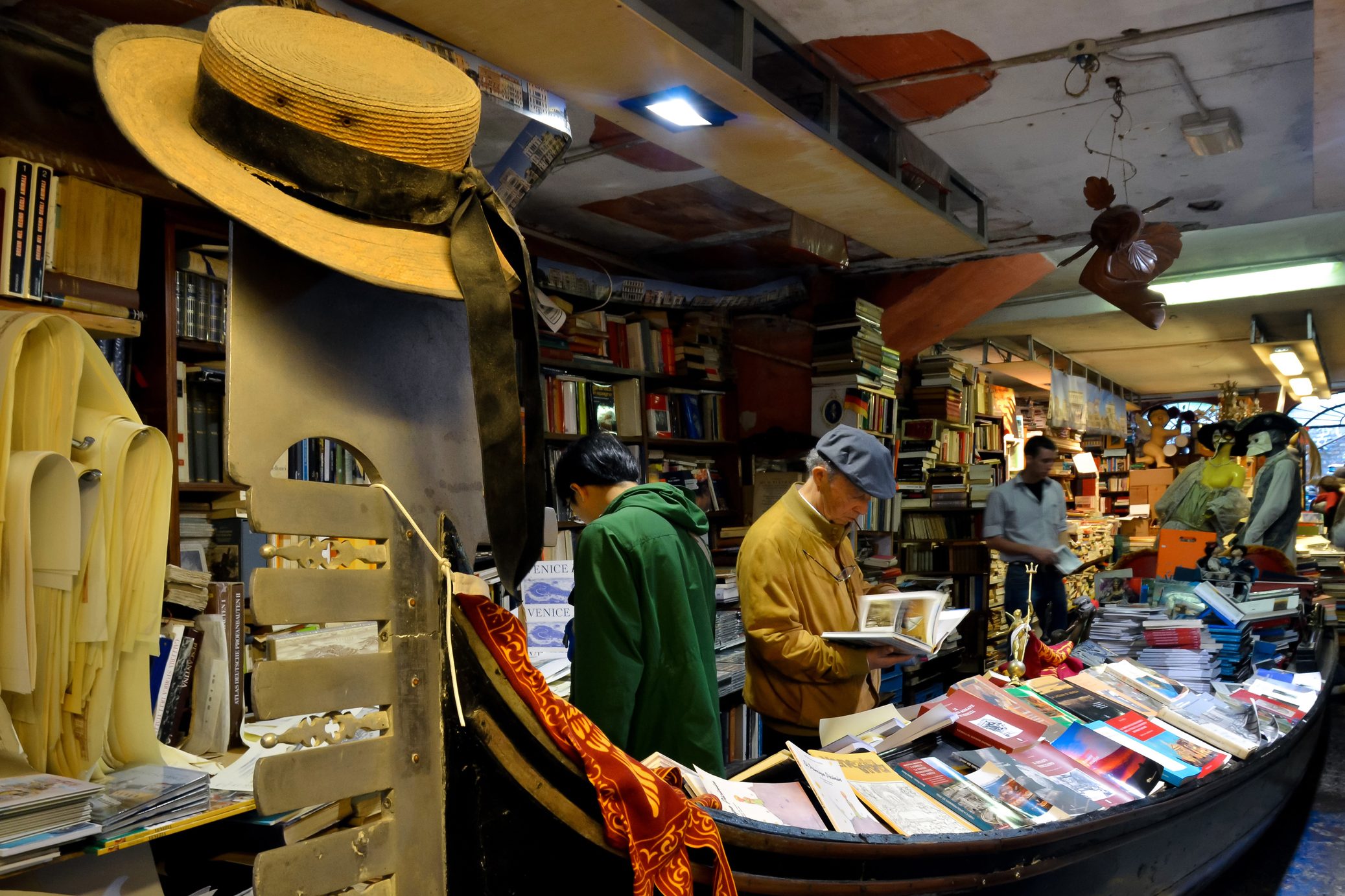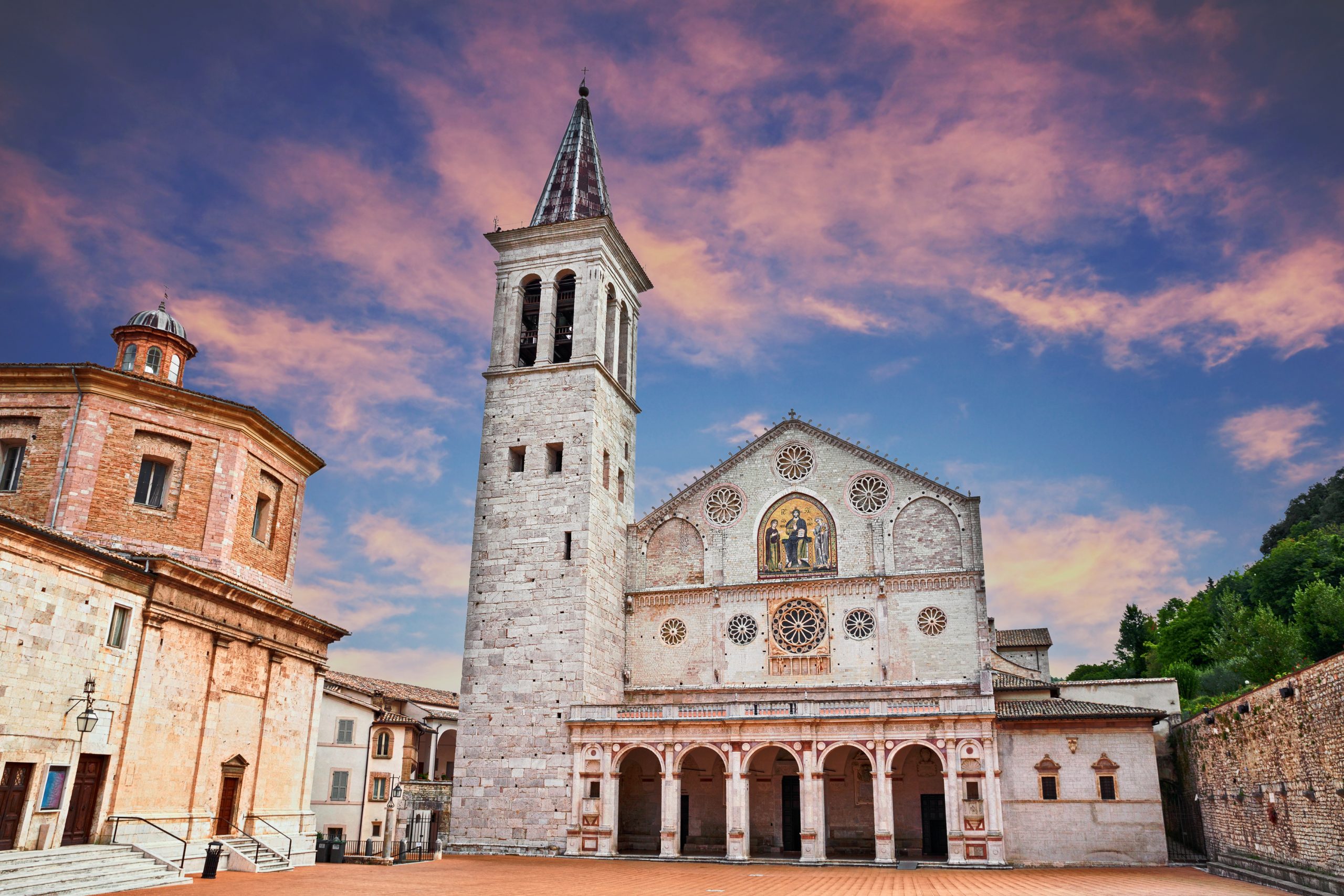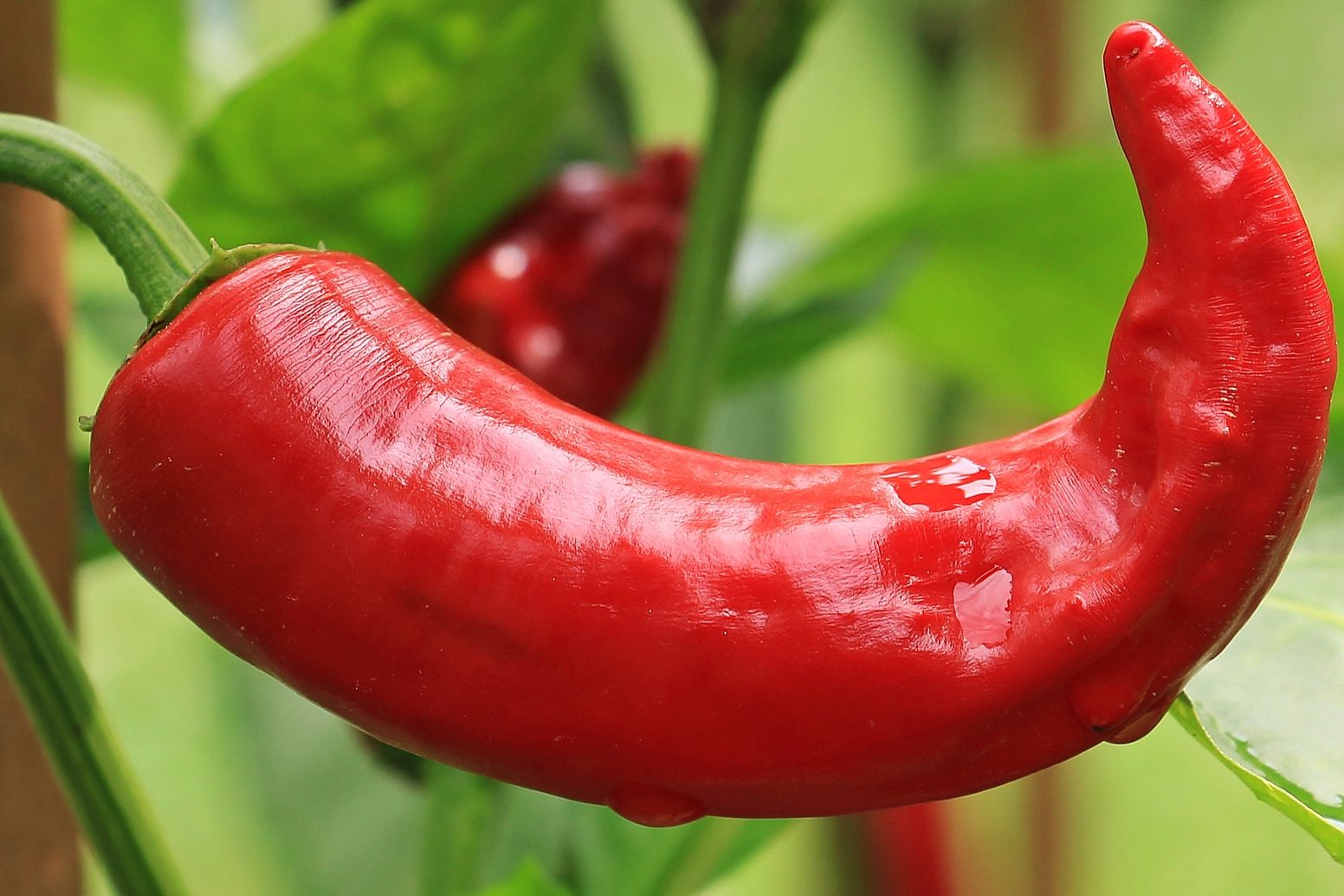A territorial dispute between Italy and Yugoslavia after World War II, two twin towns that are joined by a trans-border metropolitan zone, two languages, two countries, but many traditions that will forever link them: Gorizia (Italy) and Nova Gorica (Slovenia) nowadays constitute a conurbation and are both beautiful and interesting. Sitting at the bottom of the Julian Alps, Gorizia is located on the border with Slovenia while, since 1947, its twin Nova Gorica sits in foreign territory. Although officially Italian, Gorizia has a rich and unique tradition due to its closeness to the border and to its very diverse history of foreign occupation and definitely makes for an interesting destination for those seeking a town that has a lot to offer when it comes to culture, art, and gastronomy.
One of the main sites in town is the castle, built within the medieval walls, once the seat of the administrative and judiciary power of the county. The stunning building is divided into the Corte dei Lanzi, the Palazzetto dei Conti – dating back to the 13th century – and the Palazzetto Veneto. The castle’s palatine chapel, dedicated to Saint Bartholomew is home to canvases of the Venetian school of painting and traces of Renaissance frescos. The castle also houses a Museum of the Goritian Middle Ages, an interesting exhibit for those who enjoy history.
As for religious architecture, Gorizia features some stunning buildings, above all the Cattedrale metropolitana dei Santi Ilario e Taziano. Built in the 1300s but finished only 600 years later, it has an austere façade and a very clean looking, simple interior. The church of Sant’Ignazio, on the other hand, is a stunning example of Baroque architecture, built between 1654 and 1724. The inside of the church is rich and quite spectacular, with ornate chapels, a stunningly grandiose altar and a galore of paintings and frescos. The town synagogue, located in the old town ghetto, is also of historical interest and has been completely restored to its original splendor in 1984. Since 1998 the synagogue has been hosting a museum on the ground floor, the “Jerusalem on the Isonzo river” a chronicle of Jewish history on the area. Gorizia can also boost many green areas, many more than most Italian cities. The town parks are impeccably kept and often surround spectacular villas built in the 1700s and 1800s: when the weather is nice locals and tourists alike take advantage of the parks and woods and take long strolls and enjoy picnics in the shade.
Gastronomy, too, shows influences of Italian, Slovenian and Austrian cuisines. Don’t miss out the opportunity to savor typical dishes such as goulash, similar to that prepared in Hungary, pork with sauerkraut and venison. Pasta too, is a staple and is often prepared with roasted meat sauce, stewed wild boar or with rabbit sauce. Because of the strong rural influence, many dishes such as omelets are prepared with an incredible variety of fresh wild herbs, sprouts and vegetables. The surrounding area produces some of the best wines in Italy: try the vini del collio – both white and red – to make your lunch or dinner even more memorable.
For a truly local experience take some time to stop at one of the many cafés in the town center and enjoy a slice of gubana, a panettone-like traditional sweet treat. This unique stuffed cake is said to date back to 1409 when it was served for the first time to Pope Gregory XII in Cividale del Friuli. The cake is prepared with raisins, walnuts and pine nuts, and then is drizzled with locally produced grappa: traditionally prepared for important occasions such as Christmas, Easter and weddings, it is nowadays enjoyed on a daily basis and is the perfect present to bring back home as it doesn’t require refrigeration.
Gorizia can be reached by car by taking the A4 highway Venezia – Trieste and taking the Villesse exit. It is also reachable by train taking the Venice to Trieste line, getting off at the Stazione Centrale di Gorizia, or from Slovenia by using the Nova Gorica station. The closest airports are the Aeroporto Internazionale Ronchi dei Legionari, about 12 miles from Gorizia, the Aeroporto di Venezia Marco Polo and the Slovenian airport in Ljubljana.






























